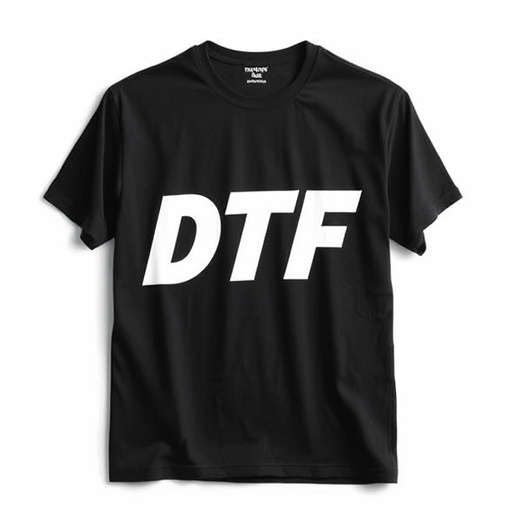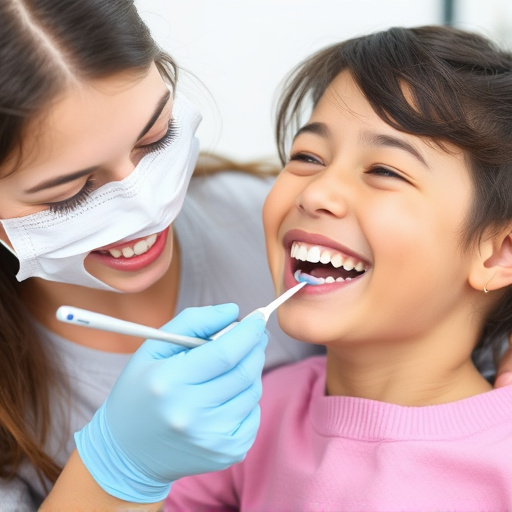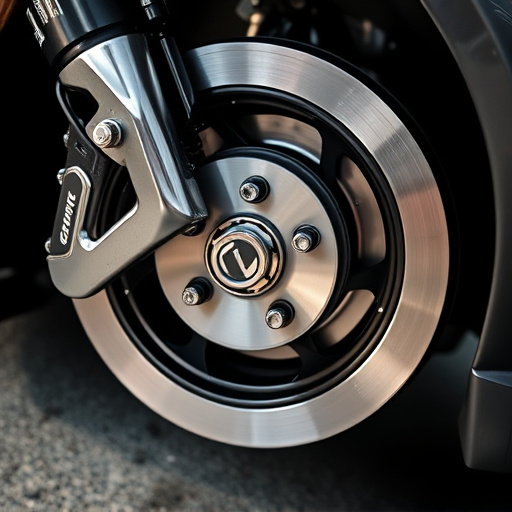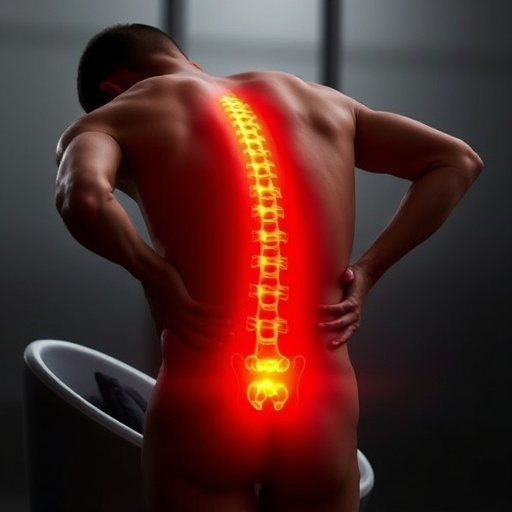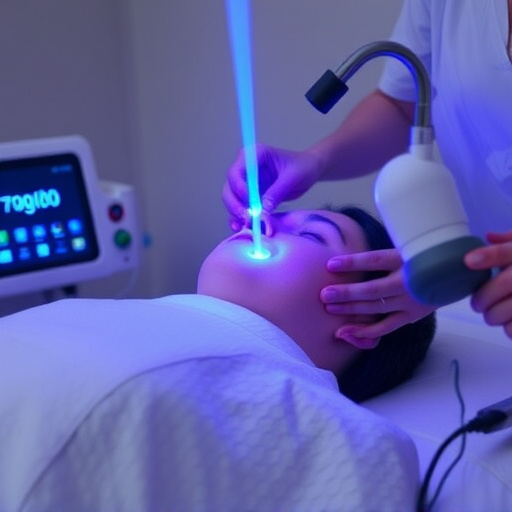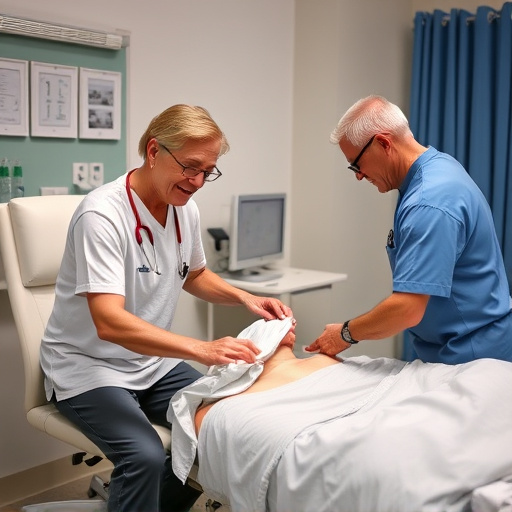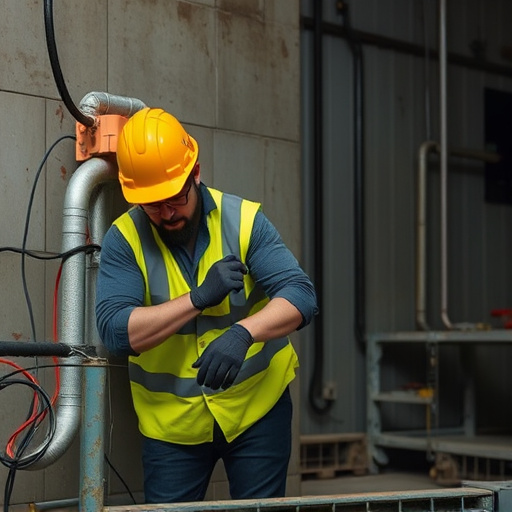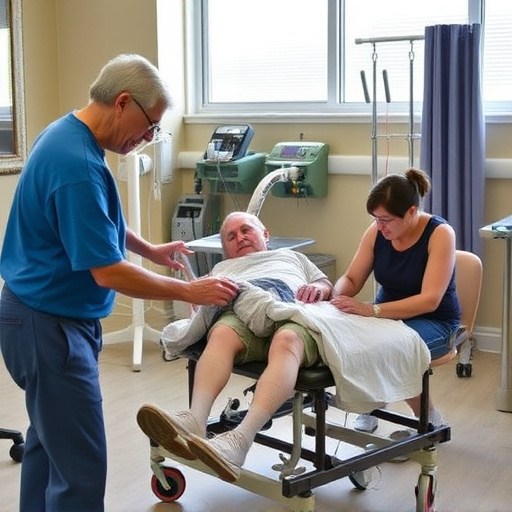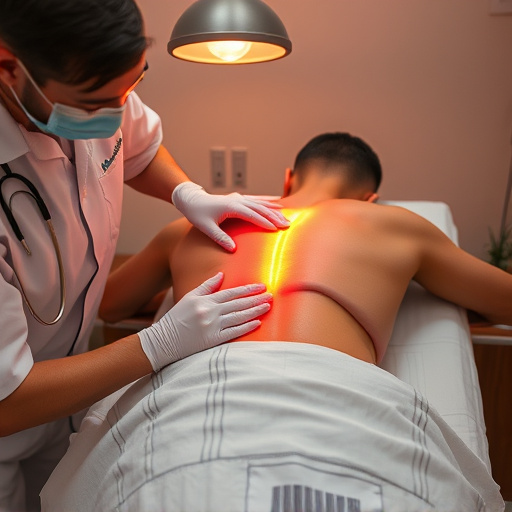Motor vehicle accidents cause diverse physical injuries, including pain, nerve damage, and inflammation. Massage therapy offers a non-invasive, holistic approach to motor vehicle accident care, focusing on techniques like deep tissue massage and myofascial release to alleviate pain, reduce tension, and promote healing. Integrating massage into rehabilitation speeds up recovery for auto accident victims, addressing muscle stiffness, headaches, and chronic pain, ultimately optimizing their well-being.
After a motor vehicle accident, proper care is crucial. Massage therapy emerges as a valuable tool in addressing the multifaceted needs of motor vehicle accident care. This holistic approach can significantly aid in managing pain, improving mobility, and enhancing overall recovery. By understanding specific injury types and implementing effective massage techniques, therapists contribute to the rehabilitation process, helping individuals navigate their road to recovery more comfortably and effectively.
- Understanding Motor Vehicle Accident Care Needs
- Massage Therapy Techniques for Injury Relief
- Integrating Massage into Post-Accident Rehabilitation
Understanding Motor Vehicle Accident Care Needs
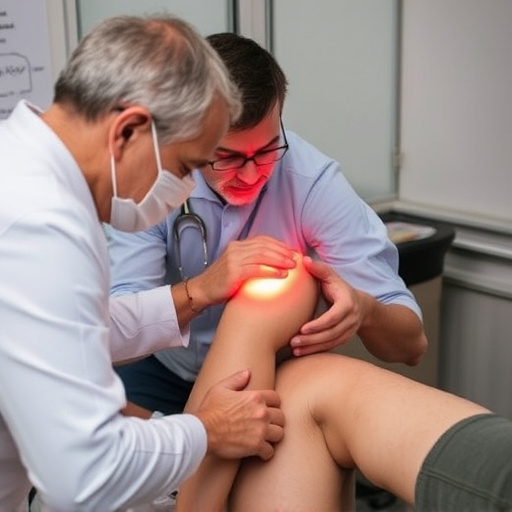
Motor vehicle accidents can result in a range of physical injuries, from minor bruises to severe fractures and neurological damage. Understanding the unique care needs that arise from such incidents is crucial for comprehensive recovery. Victims often experience acute pain, especially in the back, neck, and extremities, due to muscle strains, sprains, and even internal injuries. Additionally, sensory disturbances like tingling or numbness (often indicating a pinched nerve) are common, necessitating careful management.
Effective motor vehicle accident care involves multi-faceted approaches to address these various symptoms. Pain management strategies, including massage therapy, physical therapy, and medication, can significantly enhance recovery. Techniques aimed at back pain relief, for instance, may include targeted manipulation and stretching exercises, helping to reduce inflammation and restore mobility. Ultimately, tailoring treatment plans to individual needs ensures victims receive the best possible care during their road to recovery.
Massage Therapy Techniques for Injury Relief
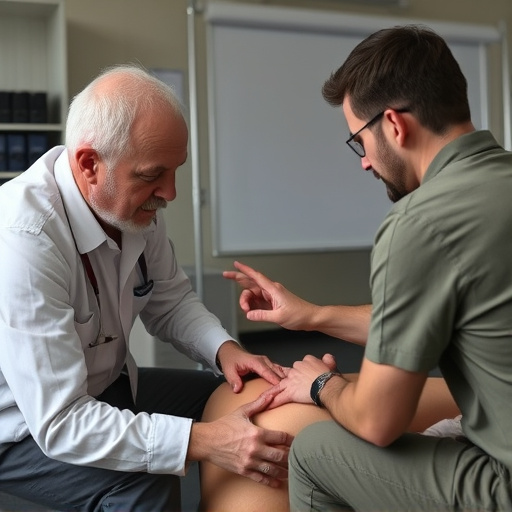
Massage therapy offers a non-invasive approach to motor vehicle accident care, focusing on various techniques to alleviate pain and promote healing. One common method is deep tissue massage, which involves applying firm pressure to specific muscle groups to release tension and reduce inflammation. This technique can be particularly beneficial for auto accident victims experiencing muscle stiffness, spasms, or chronic pain resulting from whiplash or other injuries.
In the context of motor vehicle accident care, massage therapists may also employ myofascial release, a strategy that targets the deeper layers of connective tissue (fascia) surrounding muscles and organs. By loosening tight bands and promoting flexibility in the fascia, this technique can help reduce headaches relief and improve range of motion, contributing to overall auto accident recovery. Additionally, some therapists incorporate hot stone therapy or shockwave therapy as adjunctive treatments, offering further options for managing pain and enhancing the healing process.
Integrating Massage into Post-Accident Rehabilitation
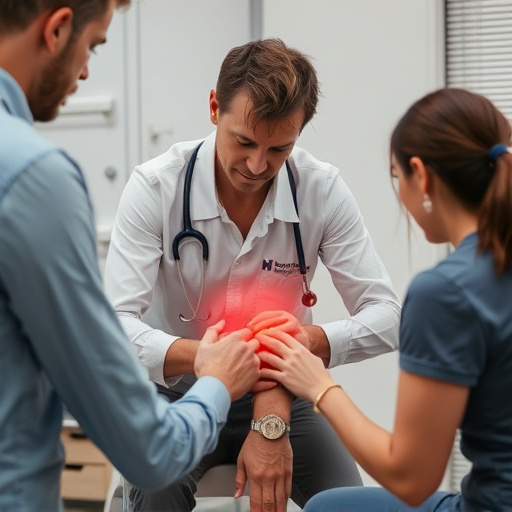
Integrating massage into post-accident rehabilitation is gaining recognition as a valuable addition to traditional motor vehicle accident care. This ancient healing practice offers a holistic approach to managing pain and improving recovery for individuals who have been involved in collisions. Following an accident, many victims experience various physical symptoms such as muscle tension, stiffness, and chronic headaches—all of which can impact mobility and overall well-being. Massage therapy provides a non-invasive method to alleviate these issues, promoting relaxation and reducing stress hormones that may be elevated due to the traumatic event.
By incorporating techniques like Swedish massage, deep tissue manipulation, or even specialized therapies like shockwave treatment, rehabilitation plans can become more comprehensive. These modalities help release tension in the muscles and connective tissues, improve blood circulation, and enhance flexibility—all crucial aspects of post-accident recovery. Furthermore, regular sessions can aid in managing chronic pain, ensuring individuals make a faster and fuller recovery while also providing much-needed relaxation and relief from accident-related stress and discomfort.
Massage therapy can play a valuable role in the comprehensive approach to motor vehicle accident care, addressing both physical and emotional recovery. By employing specific techniques to target injury sites and promote relaxation, massage can aid in pain management and improve mobility for patients undergoing rehabilitation post-accident. Integrating this natural healing method into treatment plans offers a holistic strategy, potentially enhancing overall patient well-being during the motor vehicle accident care process.

